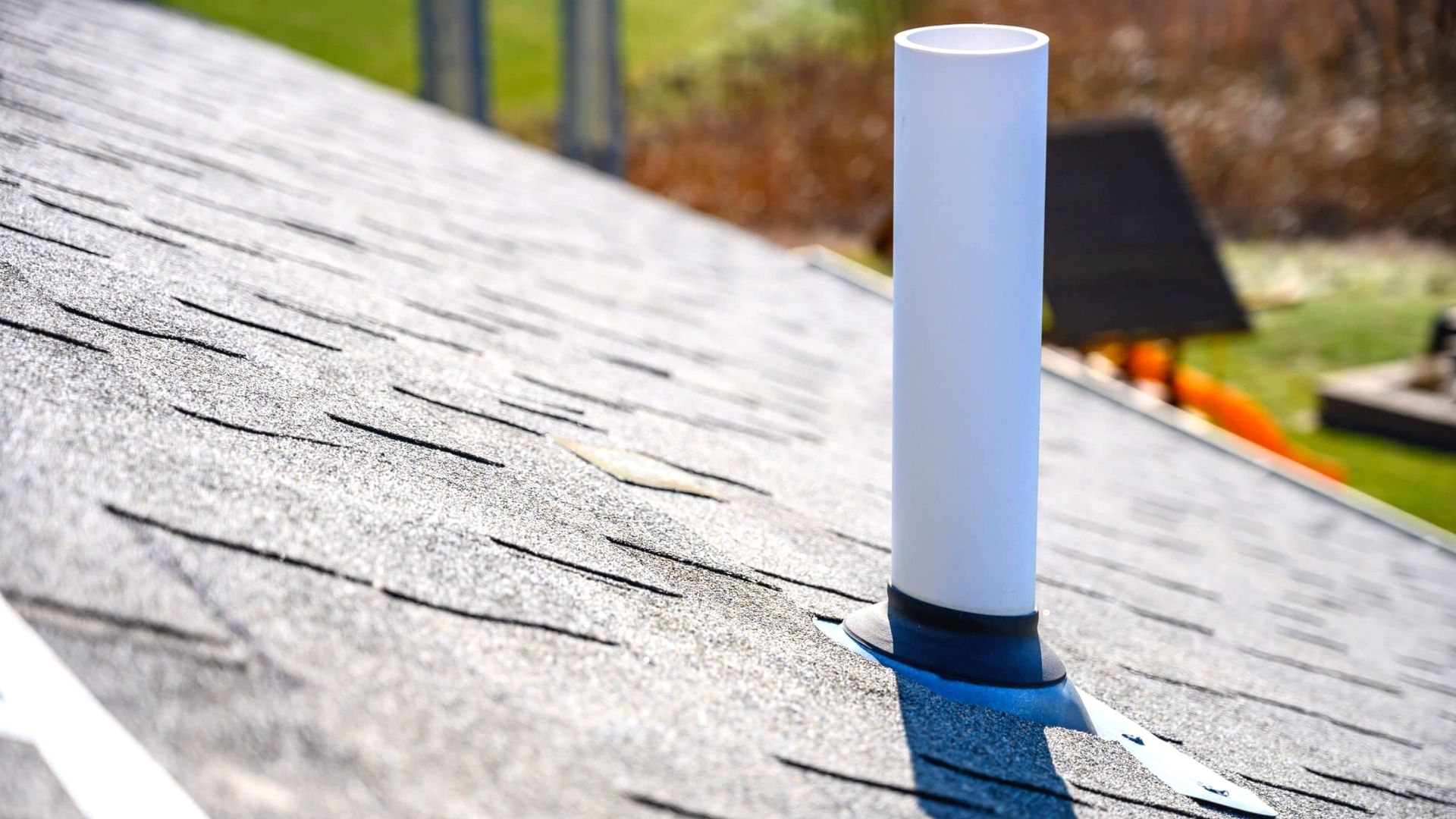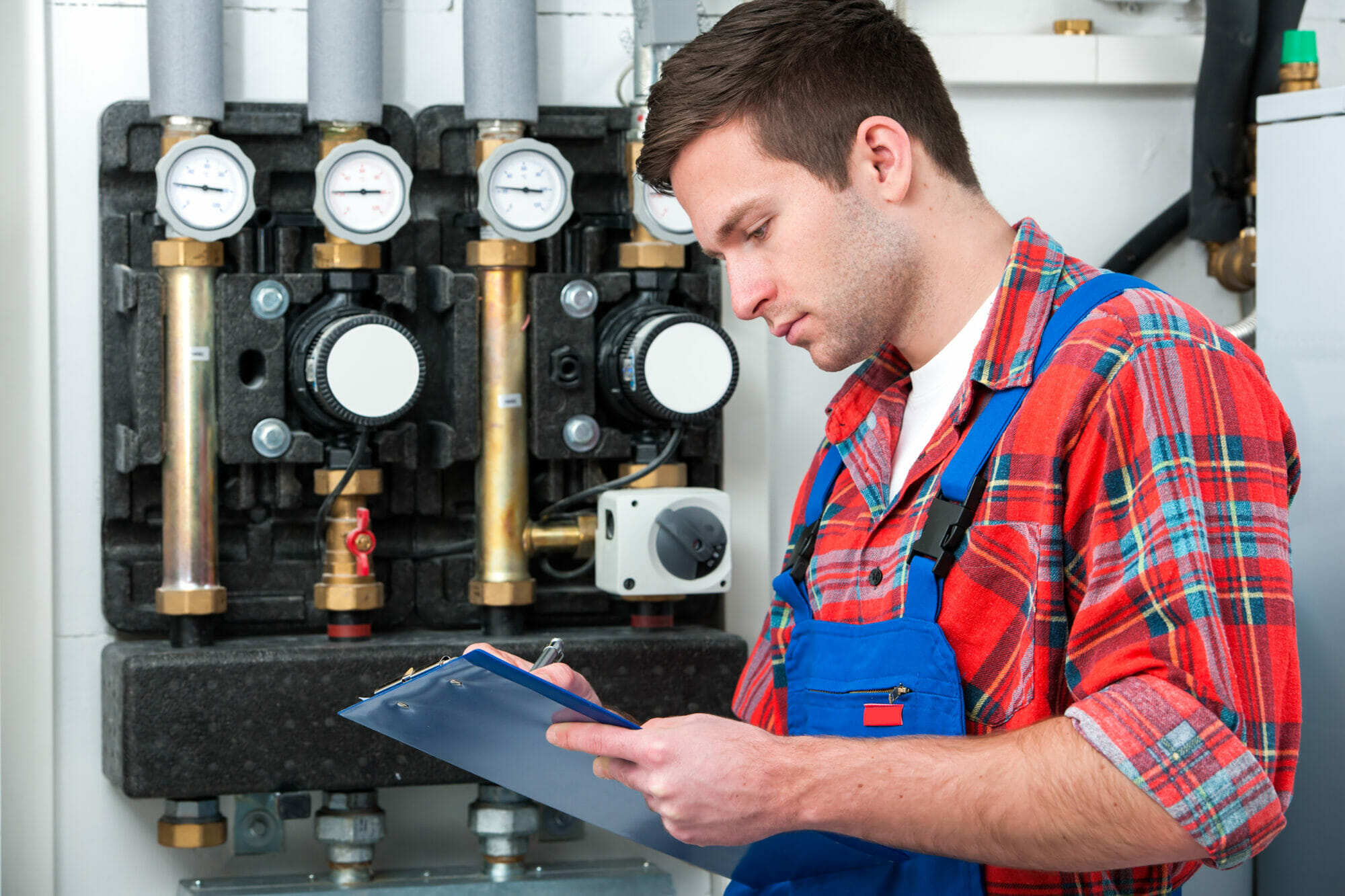The Role of Proper Ventilation in Maintaining Plumbing Systems
The Role of Proper Ventilation in Maintaining Plumbing Systems
Blog Article
We have discovered the article relating to What Is A Plumbing Vent & How Do They Work? listed below on the net and decided it made sense to share it with you on this page.

Correct air flow in pipes systems is commonly forgotten, yet it is critical for maintaining the capability and security of your home's pipes. Air flow aids regulate air pressure, stop the build-up of hazardous gases, and ensure the efficient removal of waste. In this overview, we will certainly explore the value of proper pipes air flow, how it works, and the advantages it gives your pipes system.
Understanding Ventilation in Plumbing
Ventilation in plumbing describes the network of pipes that allow air to stream with the drainage system. These vents serve numerous functions, consisting of managing atmospheric pressure within the pipelines, stopping sewer gases from getting in the home, and helping in the smooth flow of wastewater.
Exactly How Air Flow Works in Pipes Systems
Atmospheric Pressure Law
Proper air flow keeps balanced atmospheric pressure within the plumbing system. When water streams with pipes, it displaces air. Without appropriate air flow, this variation can develop unfavorable stress, causing reduce drains pipes or siphoning of water from catches, which can cause unpleasant odors to seep into the home.
Stopping Drain Gas Buildup
One of one of the most crucial functions of plumbing vents is to prevent sewer gases, such as methane and hydrogen sulfide, from building up within the home. These gases can position major health risks and are highly combustible. Vent pipelines allow these gases to run away securely outdoors.
Helping in Waste Removal
Ventilation helps in the reliable removal of wastewater by protecting against airlocks in the drainage system. When air can stream easily via the vents, it allows water and waste to stream smoothly with the pipelines, lowering the danger of obstructions and backups.
Kinds Of Pipes Vents
Main Stack Vent
The primary pile air vent, also referred to as the air vent pile, is the primary vent in a plumbing system. It expands from the major drain line up with the roof covering, allowing gases to leave and fresh air to go into the system.
Branch Vent
Branch vents link to the primary pile vent and serve private components, such as sinks, bathrooms, and showers. These vents make certain that each component has adequate ventilation to work effectively.
Air Admission Shutoff (AAV).
An Air Admission Valve (AAV) is a one-way valve that allows air to get in the pipes system without the demand for a typical air vent pipeline prolonging through the roof. AAVs are commonly made use of in remodellings or locations where mounting a common vent is not practical.
Signs of Poor Air Flow in Plumbing.
Slow Draining Fixtures.
If your sinks, bathtubs, or commodes are draining slowly, it could be an indicator of poor ventilation. Inadequate air circulation can produce a vacuum result, making it hard for water to drain correctly.
Gurgling Sounds.
Gurgling audios originating from drains pipes are typically an outcome of air being drawn through water traps because of unfavorable pressure in the pipes. This is a clear sign of inadequate ventilation.
Undesirable Smells.
Sewage system smells inside your home are a warning that your pipes system is not appropriately aerated. This might imply that sewer gases are not being effectively vented outside, causing potentially unsafe conditions.
Typical Air Flow Errors.
Poor Vent Sizing.
Using small vent pipelines can lead to poor air circulation and pressure inequalities in the system. It's vital to utilize vents that meet the particular requirements of your pipes system.
Improper Vent Placement.
Putting vents also far from the components they offer can lower their performance. Appropriate positioning makes sure that air can flow easily and successfully via the system.
Ignoring Code Requirements.
Building ordinance provide particular guidelines for plumbing ventilation. Disregarding these codes can lead to a system that stops working to work appropriately and might result in costly repairs or health hazards.
Advantages of Proper Air Flow.
Boosted System Effectiveness.
Effectively ventilated pipes systems run a lot more successfully, with fewer clogs, faster draining, and less stress on the pipelines. This performance prolongs the life expectancy of the plumbing system.
Improved Air High Quality.
By avoiding sewer gases from entering your home, proper ventilation adds to better interior air quality, making your living setting healthier and extra comfortable.
Protecting Against Water Damage.
Sufficient air flow helps avoid water from being siphoned out of traps, which can bring about drain gases entering the home and triggering water damages with time.
Actions to Make Certain Correct Air Flow.
Consulting Pipes Codes.
Always get in touch with neighborhood plumbing codes when developing or modifying your plumbing system. These codes give the essential standards for appropriate venting and guarantee your system fulfills safety and security criteria.
Regular Inspection and Upkeep.
Normal examinations can aid recognize possible ventilation issues prior to they end up being major troubles. Upkeep tasks, such as cleansing vent pipes and looking for clogs, are important for maintaining the system in good working order.
Expert Setup.
For brand-new installations or significant alterations, it's wise to employ a specialist plumber. They have the knowledge to make certain the air flow system is correctly designed and installed according to code.
Verdict.
Proper air flow is a critical component of any kind of plumbing system, making certain that it functions efficiently and safely. By comprehending the value of air flow, acknowledging the indicators of inadequate air flow, and taking actions to keep your system, you can stop costly problems and protect your home's air quality.
Understanding the Role of Your Plumbing Vents in the Drainage System
The plumbing system in your home is more than just the kitchen sink, toilet, and bathroom. Some problems that arise within home plumbing are hard to detect because homeowners may not understand potential causes.
One part of the plumbing system that could cause you endless problems is the venting. The drain lines that run through your home and drain wastewater need proper venting to function properly. Faulty plumbing vents can lead to several problems that require the expertise of a plumber to check them out. Before finding experienced plumbing services, there are a few things to learn about plumbing vents.
Why vents are vital
Vents in the plumbing system lead to an outside area such as the roof or the back. The function of these vents is to keep sewer gases away from the drain pipes. They also establish seals in the drainage pipes that prevent the sucking back of waste gases into the home. Venting in the plumbing system also allows oxygen to get into the drainage system, which is an essential component in the breakdown of waste matter. The vents also ensure that the air pressure within the drainage system remains balanced, facilitating the flow of wastewater.
Possible problems
When the plumbing vents are problematic, one of the consequences is imbalanced water levels in the toilet. If you notice that the levels in the toilet bowl rise and fall all the time, then there may be something wrong with the vents.
Another issue is air bubble formation within the toilet. In most cases like these, the drain pipes are not receiving enough air. Lack of air pressure equalization is what leads to water flow problems. If you come across such issues in your home, make sure you call professional plumbers, such as the ones from Perfection Plumbing & Drain Cleaning Ltd.
Potential causes
Several scenarios can lead to some of the plumbing problems that homeowners suffer because of venting. One such scenario is the use of incorrectly sized vents. Usually, vents are the same size as the drain line to facilitate proper venting. Vents that are too small will lead to some plumbing issues. Another potential cause is fixtures that are not close enough to the vents. In this scenario, air forces itself through the traps of other fixtures, leading to gurgling sounds from toilets and sinks.
Most of these problems also happen with clogged vents. Tree leaves and debris can cause clogging when they make their way down a vent. Unclogging plumbing vents is a service that you can entrust to Saskatoon plumbers. They will know how to snake down vents and remove clogging stuck in fixtures.

I hope you enjoyed reading our topic on Essential Plumbing Vent Pipes: Understanding Their Role. Thanks for taking time to browse our blog post. Are you aware of another person who is enthusiastic about the subject? Do not hesitate to share it. We take joy in your readership.
Book Today! Report this page